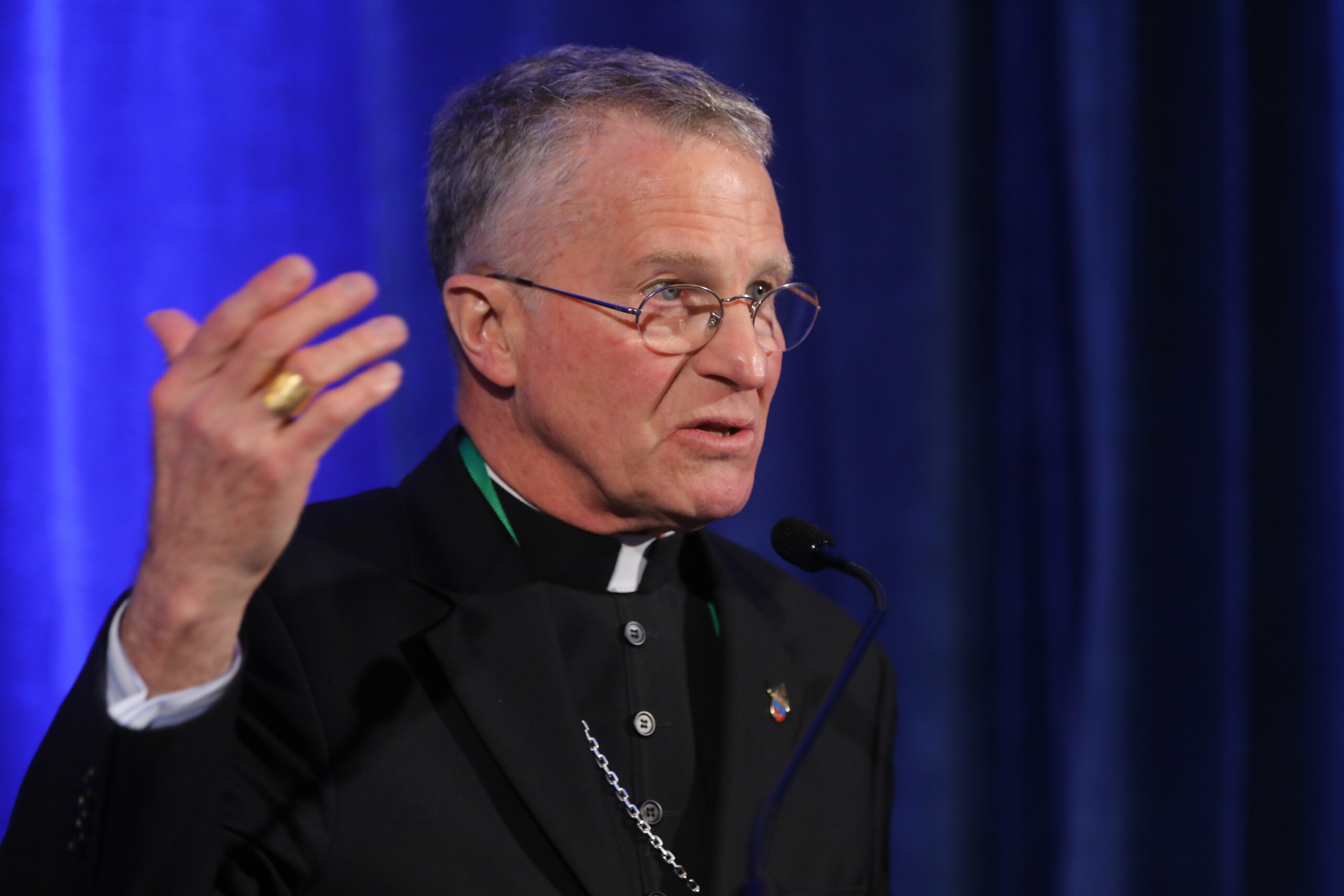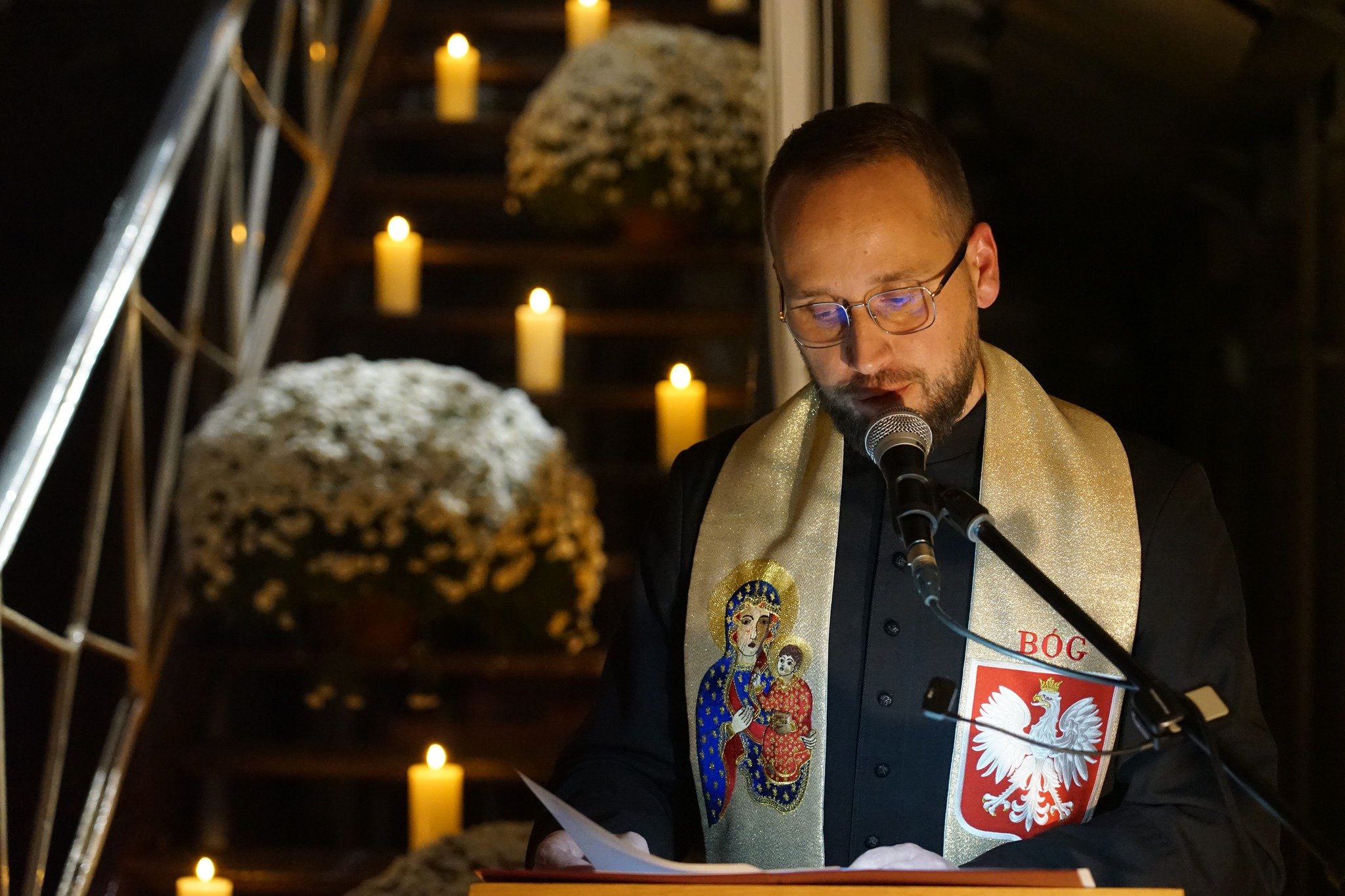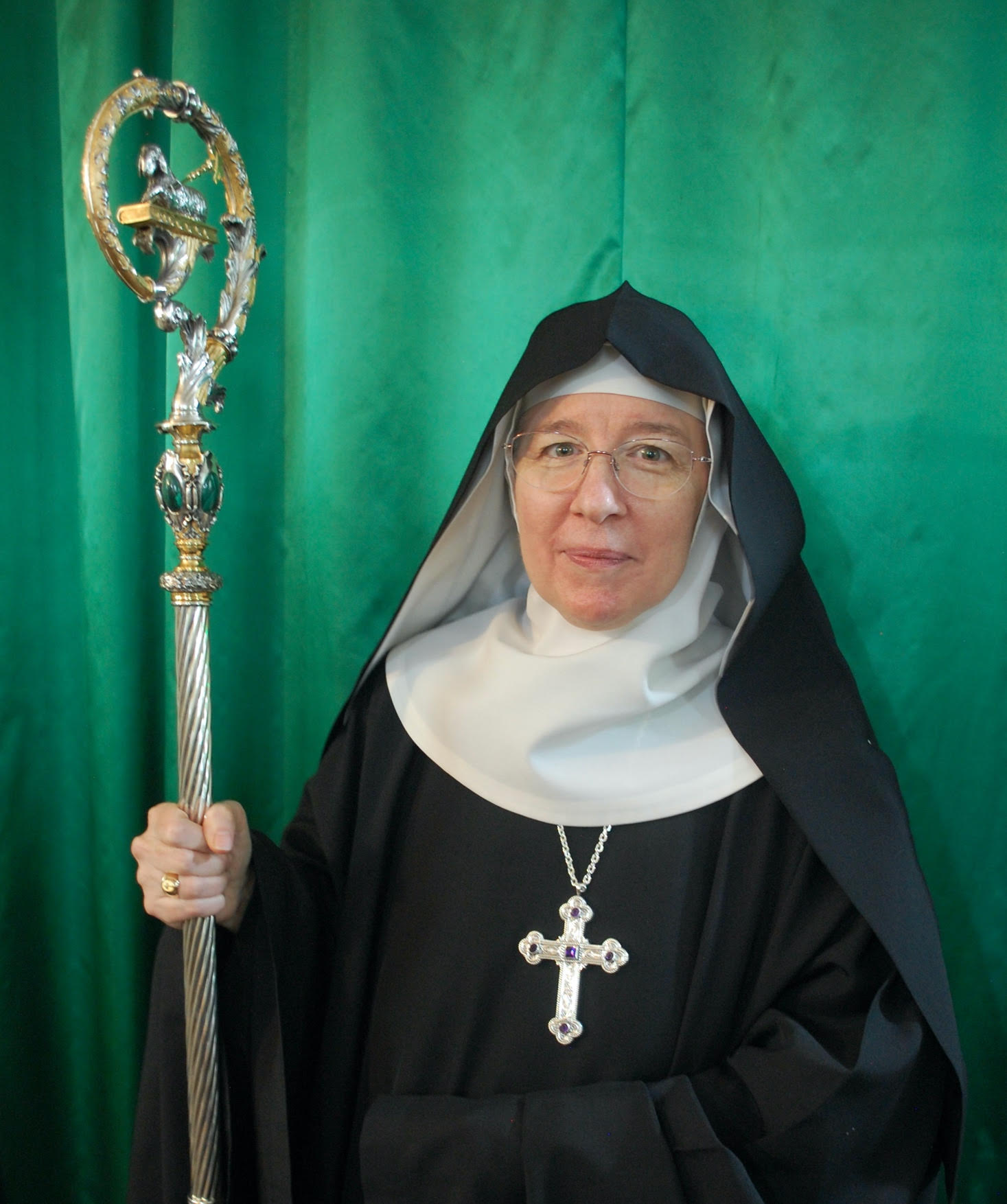On Warsaw’s Rakowiecka Street, flanked by a smart new Metro station and office buildings, a gray cement wall runs mournfully along a damp surface of fallen leaves.
At midpoint in the wall, a narrow gateway opens out onto crumbling barrack buildings, still daubed with political graffiti between tightly barred windows.
When Mokotow prison was opened as the Museum of Cursed Soldiers and Political Prisoners of the Polish People’s Republic in March, six years after shedding its last inmates, it was agreed regular Masses and liturgies should be held to dispel the site’s dark, malevolent associations.
Today, dedicated to communist-era resistance fighters and political prisoners, the museum’s melancholy courtyards and corridors gain special poignancy during the commemorative month of November.
“Though this is a secular institution, it’s also a place of prayer,” explained Father Tomasz Trzaska, the museum’s chaplain.
“While Poles place candles each year on the graves of loved ones, we should remember many victims of past misrule have no known resting place. It’s especially those people we pray for in November, as work continues to uncover and identify their remains,” the priest said.
Opened in 1902 by Poland’s Russian occupiers, with room for 800 inmates, Mokotow prison was used during World War II by the Germans, who crammed in more than 2,500 and conducted mass shootings here.
When the war ended, the prison was commandeered by Poland’s new communist Security Ministry, whose officials also secretly eliminated hundreds of internees, in circumstances revealed only in the 1990s.
Prominent victims included Witold Pilecki (1901-1948), a hero of Poland’s underground Home Army, the as AK, who circulated vital reports from Auschwitz-Birkenau after infiltrating the Nazi death camp, and wartime Gen. August Emil Fieldorf, who was hanged here after spurning collaboration.
But the Catholic clergy suffered in the prison as well.
Bishop Antoni Baraniak (1904-1977) had his nails ripped out while refusing to testify against Poland’s primate, Cardinal Stefan Wyszynski, while Bishop Czeslaw Kaczmarek of Kielce (1895-1963) endured three years of torture before being sentenced for alleged espionage. Although both bishops lived to tell their stories, many clergy did not.
Among others, Father Rudolf Marszalek, a Nazi camp survivor, was hanged here in March 1948, while Father Zygmunt Kaczynski, a former government minister, was murdered at the prison in May 1953.
The decision to open Mokotow as a museum was made in 2016, on the eve of Poland’s Remembrance Day for Cursed Soldiers, now marked on March 1.
The many items displayed in its airless cells and isolation rooms include typewriters and recording devices used by the security police, as well as forlorn letters, leaflets and diaries confiscated from prisoners.
Although prison chaplains were grudgingly allowed in the later stages of communist rule, Bibles and prayer books were usually taken away, while in the harshest post-war Stalinist years, police agents posing as priests attempted to extract information during fake confessions.
Given the horrors perpetrated in the prison, Father Trzaska thinks religious ceremonies are important — especially for ex-inmates who sometimes show up with friends and relatives.
Lidia Ujazdowska, a Warsaw historian, agrees. Although other aspects of modern Polish history are well known, she said, awareness of communist-era repression remains limited.
For Ujazdowska, the floodlit icon of Poland’s fabled Black Madonna now hanging above the prison’s main stairwell, and the rosaries handed out to visitors, testify to an ongoing effort to expunge the prison’s pent-up atmosphere of dread. During Lent, the Way of the Cross is prayed inside the museum walls, remembering unimaginable suffering and torturing experienced by Polish wartime heroes.
“This museum should serve as a visible warning of humanity’s darker side,” Ujazdowska, who collects survivor testimonies, told OSV News.
“But the services and Masses now held here also signal the victory of goodness, bringing a peaceful aura to a place of suffering and death.”
The bullet-holed rear wall where courageous Capt. Pilecki and other prisoners were shot — before being thrown on a pony cart and dumped in unmarked graves — is now decorated with black memorial tablets and flowers in Poland’s red-white colors.
Across the prison, a subterranean corridor leads to the narrow execution chamber where Fieldorf and his comrades were hanged, while up above photos of Mokotow’s grinning executioners are displayed against red lighting.
Krzysztof Bukowski has special reasons for helping preserve the memory of Mokotow’s prisoners.
His father, Edmund Bukowski, a communications expert wounded with the wartime AK, was shot in the prison in April 1950, leaving him effectively orphaned when his mother also was jailed for 15 years.
In December 2012, his father’s remains were identified during exhumation work at a rubbish pit in Warsaw’s Powazki Cemetery.
“As one of the few surviving direct witnesses, I feel a duty to speak about my own sad connections, something I was barred from doing for much of my life,” Bukowski told OSV News.
“When I guide visitors, I feel I’m walking in the footsteps of those who suffered here, sleeping on bare floors and enduring interrogation without respite. It’s also good for me, as a Catholic, to know prayers are recited here for their eternal rest,” he said.
When a Mass “for those with no graves” was celebrated at the prison-turned-museum Nov. 4, accompanied by poetry and music recitals, it was well attended — a sign, Father Trzaska thinks — of the patriotic sentiment still deeply grounded in Polish national life.
“Even today, as many families still seek justice, it’s supremely important that this site of terror at our national capital’s heart has been regained as a place of contemplation,” Father Trzaska told OSV News.
The so-called Cursed Soldiers, often the highest-ranking officers of the underground resistance army of World War II, were doomed by the communist regime that spread false information that they were traitors of the state — all for the reason that the Polish patriots wanted Poland to be free from Soviet influence, which was the case since the end of the war until 1989.
Father Trzaska added that “there’s still a long way to go in coming to terms with this terrible past. But if we fail to honor people who suffered and died for Poland, we’ll be signing up to the narrative of those who once counted on them being forgotten.”
—Jonathan Luxmoore, OSV News






